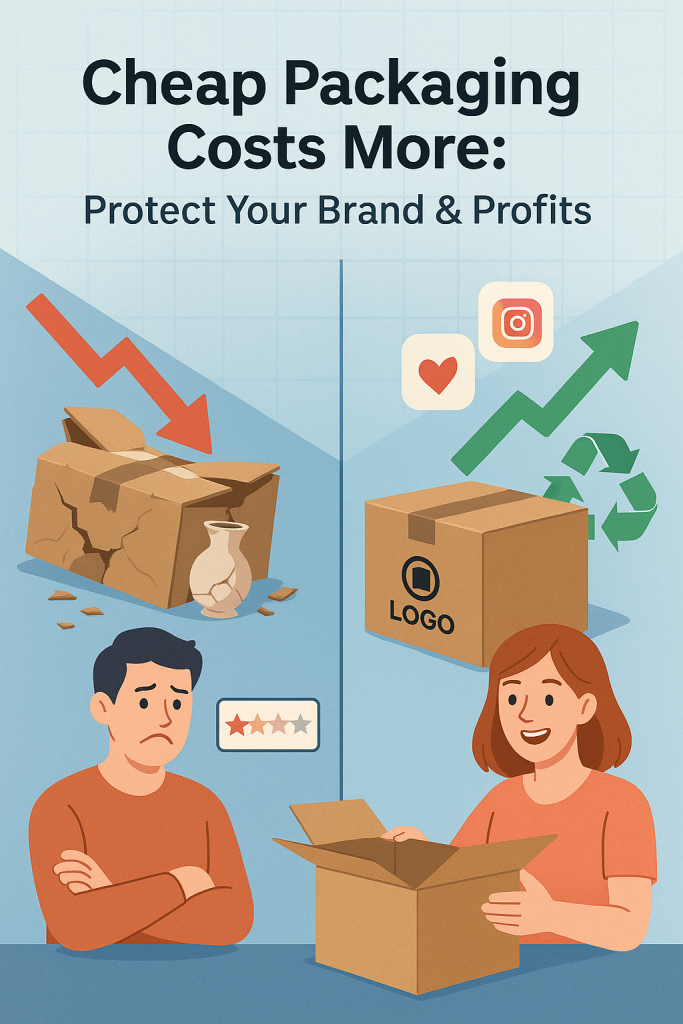Introduction
Packaging has played a crucial role in human society for centuries, protecting and preserving goods while enabling their transportation and distribution. Over time, packaging materials have evolved from natural substances like leaves and bark to more sophisticated materials like plastic and metal. Among these materials, paper has emerged as a versatile and sustainable option, with a rich history dating back to ancient times.
Early Origins of Paper Packaging
The earliest known use of paper for packaging dates back to China in the 2nd century AD. The invention of paper by Cai Lun revolutionized communication and record-keeping, and its applications soon extended to packaging. Early paper packaging was primarily used for wrapping food and other items, providing protection and preventing spoilage.
The Rise of Paperboard and Cardboard
As papermaking techniques improved and production costs decreased, paper packaging became more widely adopted. The development of paperboard and cardboard in the 18th and 19th centuries further expanded the possibilities for paper packaging. These sturdier materials were ideal for creating boxes, containers, and other packaging solutions.
The Industrial Revolution and Mass Production
The Industrial Revolution ushered in a new era of mass production, including the manufacturing of paper packaging. With the advent of steam engines and mechanized printing presses, paper mills could produce vast quantities of paper and cardboard at lower costs. This led to a proliferation of paper packaging solutions for a wide range of products.
Modern Innovations in Paper Packaging
In recent decades, technological advancements have driven further innovations in paper packaging. Sustainable practices have become increasingly important, leading to the development of eco-friendly packaging solutions made from recycled paper and biodegradable materials. Additionally, advancements in printing and coating technologies have enhanced the visual appeal and durability of paper packaging.
Benefits of Paper Packaging
Paper packaging offers numerous advantages over other packaging materials, making it a popular choice for businesses and consumers alike:
- Sustainability: Paper is a renewable resource, and paper packaging can be made from recycled materials, reducing environmental impact.
- Versatility: Paper can be shaped and molded into a wide variety of packaging forms, catering to diverse product needs.
- Biodegradability: Most paper packaging is biodegradable, breaking down naturally over time and minimizing landfill waste.
- Recyclability: Paper packaging can be easily recycled, further reducing environmental impact and promoting resource conservation.
- Printability: Paper excels in printing, allowing for customized designs, branding, and product information.
The Future of Paper Packaging
As environmental concerns continue to grow, paper packaging is poised to play an even more significant role in the future. With ongoing research and development, we can expect to see even more innovative and sustainable paper packaging solutions emerge, further reducing the environmental footprint of packaging and contributing to a more eco-conscious world.
Conclusion
The evolution of paper packaging is a testament to human ingenuity and our ongoing pursuit of sustainable solutions. From its humble beginnings in ancient times to its modern innovations, paper packaging has proven to be a versatile, sustainable, and eco-friendly choice for a wide range of products. As we move towards a more environmentally conscious future, paper packaging is sure to remain a key player in protecting our planet’s resources and promoting sustainable practices.








